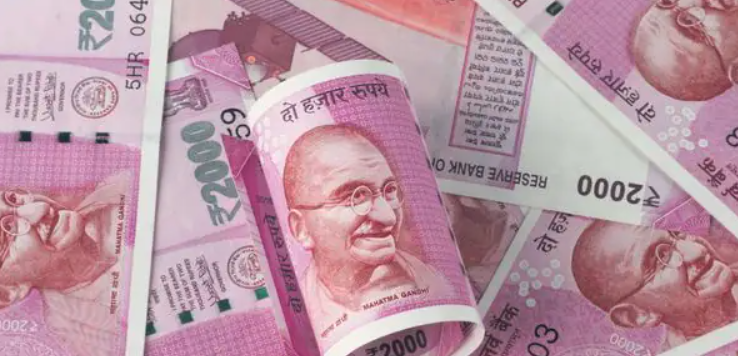According to market analysts, the Indian rupee is facing increasing pressure due to the surge in oil prices driven by the Middle East conflict. Once again, the central bank’s intervention is anticipated to stabilize the currency.
Non-deliverable forwards (NDFs) suggest that the rupee is likely to open at approximately 83.25-83.26 against the U.S. dollar, showing minimal change compared to the previous session.
In the wake of Israeli military actions in the Gaza Strip, Brent crude climbed to $90.88 in the Asian market, marking a nearly 6% increase on Friday, the most significant surge since April. Simultaneously, U.S. equities faced a decline, the dollar index inched up, and heightened demand for safe-haven assets pushed U.S. Treasury yields downward.
The oil market is displaying signs of nervousness due to the ongoing conflict, as noted by ING Bank. Concerns are rising as Iran warns of the potential for the conflict to expand, and Saudi Arabia has reportedly suspended talks to normalize relations with Israel.
This unease is impacting Asian currencies and equities negatively, and the Indian rupee is expected to face challenges in light of various negative factors, including oil prices and overall market risk, according to a spot foreign exchange trader at a bank.
The RBI has been actively intervening in the currency markets, both in the over-the-counter spot market and non-deliverable forwards (NDFs), to prevent the Indian rupee from weakening beyond its record low of 83.29. Although the one-month USD/INR pair briefly rose to 83.50 during New York trading on Friday, it has since retraced.
This week, the focus for the rupee and other Asian currencies will revolve around U.S. economic data and statements from Federal Reserve officials. Investors will closely examine this information to gauge the likelihood of an additional Fed interest rate hike later in the year.
(Source: Nimesh Vora | Reuters)









